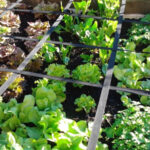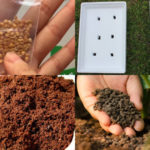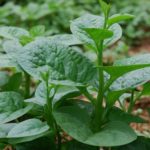With the increasing concern over pesticide-laden produce, home gardening has become a popular trend. For those living in urban areas with limited garden space, a creative solution is to utilize foam boxes to grow vegetables. Several suitable vegetable options thrive in this container gardening method, offering a convenient and healthy alternative.
1. Garland Chrysanthemum
Garland chrysanthemum, also known as edible chrysanthemum or tong ho in some cultures, is a nutritious and easy-to-grow vegetable. It thrives well in foam boxes with minimal care. Regular watering is essential, and harvest can be expected within 30 to 35 days. However, be cautious not to overwater, as this may lead to waterlogging.
2. Water Spinach
Water spinach, a familiar vegetable in Vietnamese cuisine, is commonly cooked in soups but can also be grown effortlessly in foam boxes. It doesn’t require deep soil and can grow lush and green. You can propagate water spinach from seeds or older stems. After about 25 to 30 days, you’ll be able to harvest the young shoots. Remember to harvest properly to encourage new growth.
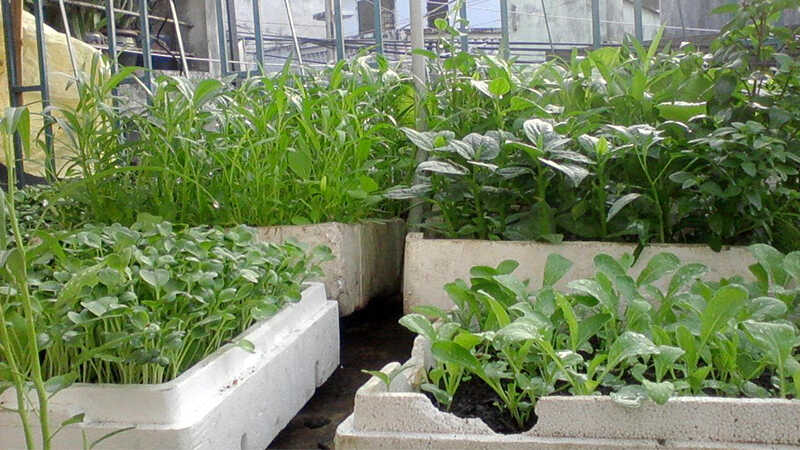
Water spinach can be grown from seeds or older stems, and you can start harvesting in about 25 to 30 days.
3. Sprouts
Sprouts are an excellent choice for foam box gardening, offering a quick harvest within 7 to 10 days. They are a rich source of fiber, vitamins, and minerals. Keep the foam box in an area with indirect sunlight, avoiding direct exposure. Gently water them daily, being careful not to damage the delicate sprouts.
4. Chinese Celery
Chinese celery, also known as celery cabbage, is perfect for stir-fries and boiling. It grows well in foam boxes without requiring much space. The seeds are easy to germinate, taking only 2-3 days, and you can harvest in as little as 30 days. When harvesting, cut the stems near the base to encourage regrowth.
5. Vietnamese Coriander
Vietnamese coriander, also known as hot mint or rau ram, can thrive with minimal care and is ideal for busy individuals. You can expect to harvest the aromatic herb after about 30 to 40 days. When harvesting, cut the stems about 10cm from the base to encourage new growth.
6. Spring Onion
Spring onion, a versatile herb used in various dishes, is easy to grow in foam boxes. With just a few dry bulbs, you can start your own spring onion garden. They will begin to sprout within 7 to 10 days and can be harvested in 2 to 3 weeks, providing a long-lasting supply.
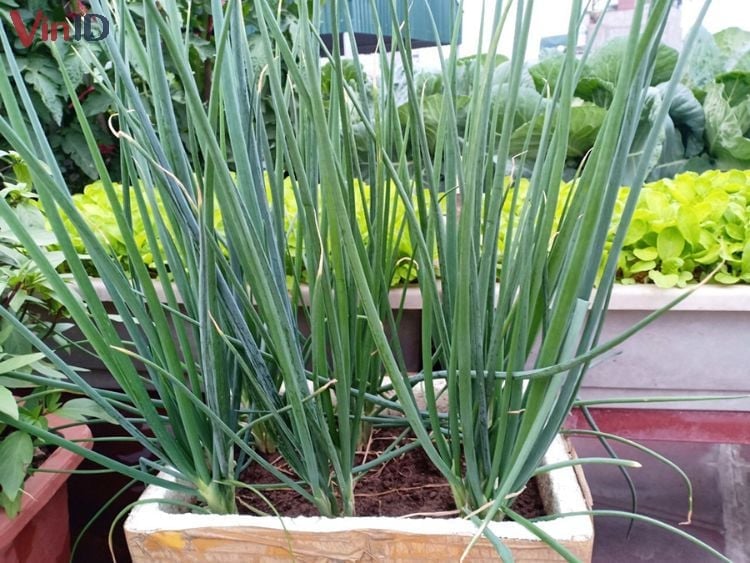
Spring onions are easy to grow in foam boxes, and a few dry bulbs are all you need to get started.
7. Amaranth
Amaranth, also known as Chinese spinach, is a heat-tolerant vegetable suitable for foam box gardening. It is resistant to pests and diseases and has cooling properties, benefiting the liver and digestive system.
8. Coriander
Coriander, also known as cilantro, is an essential herb for adding flavor and aroma to dishes. Its distinctive fragrance enhances the taste of meals, and it is also used for garnishing and in salads. Coriander is incredibly easy to grow; simply sow the seeds in a foam box and water regularly for healthy growth.
9 Things You Need to Know Before Starting Your Own Home-Grown Veggie Garden
“Unleash the green thumb within and discover the secrets to growing a vibrant and healthy home garden! At Bach Hoa XANH, we’re here to share our expert tips and tricks so you can enjoy the freshest and most delicious produce right from your own backyard. Imagine biting into crisp lettuce, savory herbs, and sweet cherry tomatoes, all grown with your very own hands. With our guidance, you’ll be well on your way to a thriving and abundant green oasis.”
The Ultimate Guide to Growing Baby Eggplants at Home
“Cà pháo is a popular vegetable in Vietnamese cuisine, frequently gracing the tables of families across the country. With its versatile nature and distinct flavor, it has become a beloved ingredient in many dishes. This article aims to guide readers through an incredibly simple process of growing their own Cà pháo at home. It’s an informative read that will empower anyone to become a self-sufficient, green-thumbed enthusiast.”
Plant These 7 Branches in the Ground for a Year-Round Veggie Feast
Introducing the ultimate guide to growing your own healthy and vibrant vegetables at home. Discover the 7 easiest vegetables to grow from cuttings, ensuring a bountiful harvest with minimal effort. Take control of your family’s health and embark on a journey towards a greener and healthier lifestyle with this simple and accessible method of vegetable gardening.

























